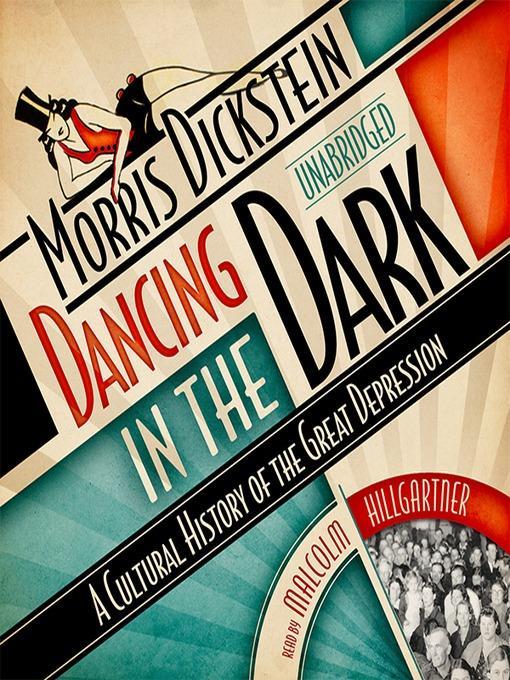
Dancing in the Dark
A Cultural History of the Great Depression
کتاب های مرتبط
- اطلاعات
- نقد و بررسی
- دیدگاه کاربران
نقد و بررسی

The title refers to a Depression-era song that captured the zeitgeist of the New Deal society and culture. Focusing on the milieu of the 1930s, an art critic dwells on the enormous effect poverty and hopelessness made on American arts: films, novels, theater, and music. Dickstein provides examples from hundreds of sources, making peripatetic leaps through time as he pontificates. Narrator Malcolm Hillgartner inflects the narrative by nearly yelling at times and then dropping to a level that is barely audible. He does a Yiddish accent and reads complete lines of the language. After warming to Hillgartner's turgid style, listeners may come to agree that he aptly reproduces the aesthetic changes Dickstein discusses in his gloomy Steinbeck-like portrayals of life and penury. J.A.H. (c) AudioFile 2010, Portland, Maine

Starred review from July 13, 2009
The gloom of the Depression fed a brilliant cultural efflorescence that's trenchantly explored here. Dickstein (Gates of Eden
), a professor of English at the CUNY Graduate Center, surveys a panorama that includes high-brow masterpieces and mass entertainments, grim proletarian novels and frothy screwball comedies, haunting photographs of dust bowl poverty and elegant art deco designs. He finds the scene a jumble of fertile contradictions—between outward-looking naturalism and introspective modernism, social consciousness and giddy escapism, a hard-boiled, increasingly desperate individualism and a new vision of singing, dancing, collective solidarity—which somehow cohered into “extraordinary attempts to cheer people up—or else to sober them up.” Dickstein's fluent, erudite, intriguing meditations turn up many resonances, comparing, for example, the Nazi propaganda film Triumph of the Will
to Busby Berkeley musicals and Gone with the Wind
to gangster films. While tracing the social meanings of culture, he stays raptly alive to its aesthetic pleasures, like the Fred Astaire–Ginger Rogers collaboration, which expressed “the inner radiance that was one true bastion against social suffering.” The result is a fascinating portrait of a distant era that still speaks compellingly to our own. 24 illus.

























دیدگاه کاربران